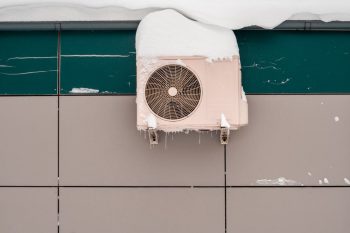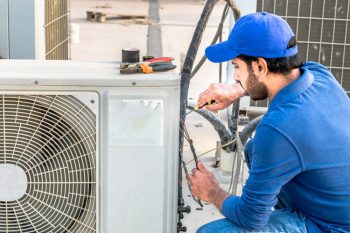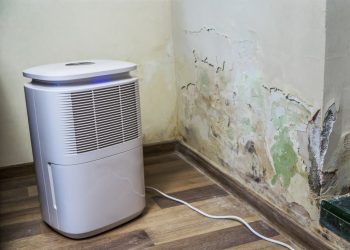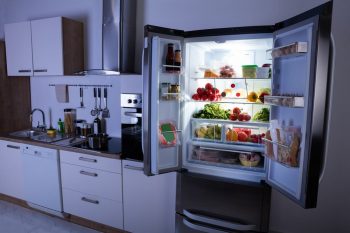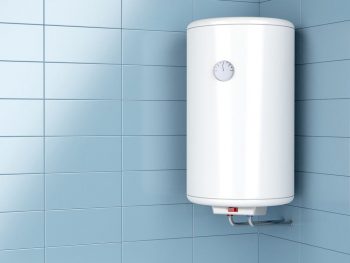
Connecting a water line to your fridge ice maker can seem like a daunting task, especially if you are not familiar with plumbing work. However, with the right tools and a little bit of patience, you can successfully complete this task and enjoy the convenience of having fresh ice at your disposal. In this article, we will walk you through the process step by step, providing examples and statistics to help you understand the process better.
To connect a water line to a fridge ice maker, gather the necessary tools and materials including a water supply line, a tee-fitting or push fitting, a shut-off valve, adjustable wrenches, a utility knife, sealing tape, and possibly a drill and pipe cutter. Turn off the water supply, install the valve, connect the tubing to the water supply and run it to the fridge. Connect the tubing to the fridge’s ice maker line, turn the water supply back on and check for leaks. Finally, test the ice maker. Remember to ensure your safety throughout the process and maintain the water line regularly.
Why Connect a Water Line to Your Fridge Ice Maker?
A fridge ice maker is a convenient feature that can save you time and money. Instead of having to fill ice cube trays manually and wait for the ice to freeze, an ice maker does all the work for you. It’s an effective way to always have ice on hand, especially during the hot summer months or when entertaining guests.
The Tools and Materials You Will Need
Before you begin, it’s important to gather all the necessary tools and materials. Here’s what you’ll need:
- A water supply line: Typically, a 1/4-inch flexible copper or plastic tubing is used to connect the refrigerator to the water source.
- A tee-fitting or push fitting: This fitting is used to connect the water line to your nearest cold water supply line.
- A shut-off valve: A 1/2-inch male sweat shut-off valve or a similar valve compatible with your water supply line is needed to control the water flow to the refrigerator.
- Adjustable wrenches: You will need two adjustable wrenches to tighten the couplings.
- Utility knife: This is used to cut the tubing to the desired length.
- Pipe cutter (optional): A small pipe cutter may be needed if you are working with copper tubing.
- Sealing tape: This is used to wrap the threads on the water line connection at the back of the refrigerator to ensure a tight seal and prevent leaks.
- Drill (optional): A drill may be needed if you have to create a hole for the water line to pass through a cabinet or wall.
Steps to Connect a Water Line to a Fridge Ice Maker
Once you have gathered all the necessary tools and materials, you can begin the installation process. Here are the steps:
- Turn off the water supply: Locate the fixture shutoff valve on the cold water supply line under the kitchen sink or in the basement, and turn it off.
- Install the valve: Connect the tee-fitting or push fitting to the cold water supply line and install the shut-off valve.
- Connect the tubing to the water supply: Use the 1/4-inch tubing to connect the water supply to the shut-off valve.
- Run the tubing to the fridge: Snake the tubing through the hole in the floor or wall, if needed, and run it to the back of the refrigerator.
- Connect the tubing to the fridge: Connect the tubing to the fridge’s ice maker line, ensuring a secure connection.
- Turn on the water supply: Turn the water supply back on and check for any leaks. If you notice any moisture or dripping, tighten the connections further.
- Test the ice maker: With the water line connected, turn on the power to the fridge and start the ice maker. Check to see if ice is being produced.
Safety Precautions
During the installation process, it’s crucial to ensure your safety and the safety of those around you. Here are some safety precautions to keep in mind:
- Turn off the power and water supply: Always turn off the power to the fridge and the water supply before starting the installation process.
- Use the right tools: Using the correct tools can prevent accidents and damage to the equipment.
- Follow the manufacturer’s instructions: Always follow the instructions provided by the manufacturer to ensure a successful installation.
Maintaining the Water Line
After successfully installing the water line, it’s important to maintain it to prevent any issues down the line. Regularly check for leaks and clean the water line every six months to remove any build-up of minerals, bacteria, or mold.
In conclusion, connecting a water line to your fridge ice maker is a task that you can accomplish with the right tools and instructions. Once you have completed the installation, you can enjoy the convenience of having fresh ice at your disposal. Remember, if you’re not comfortable doing this yourself, it’s always best to hire a professional.
Frequently Asked Questions
What type of water supply line is best to use, copper or plastic?
Both copper and plastic tubing can be used effectively. However, copper is generally more durable and less prone to leaks over time. On the other hand, plastic is more flexible and easier to install, especially in tight spaces. The choice depends on your specific needs and comfort level with each material.
How often should I replace the water line to my fridge ice maker?
It’s recommended to replace the water line to your fridge ice maker every 5-10 years, or sooner if you notice any signs of wear and tear such as kinks, leaks, or discoloration. Regular maintenance and inspection can help extend the lifespan of the water line.
Can I use any type of shut-off valve for this installation?
It’s best to use a shut-off valve that matches the size of your water supply line. Typically, a 1/2-inch male sweat shut-off valve is used. However, the exact type and size depend on your specific water supply line.
What should I do if I notice a leak after installing the water line?
If you notice a leak after installation, first turn off the water supply to prevent further leakage. Then, check all connections and tighten them if necessary. If the leak persists, it’s recommended to seek help from a professional plumber.
I don’t have a hole in my cabinet or wall for the water line. Can I still install it?
Yes, you can still install the water line. If there’s no pre-existing hole, you may need to drill one yourself. Be sure to measure and plan carefully to avoid damaging any structures or utilities behind the wall or under the cabinet. If you’re unsure or uncomfortable doing this, consider hiring a professional.



